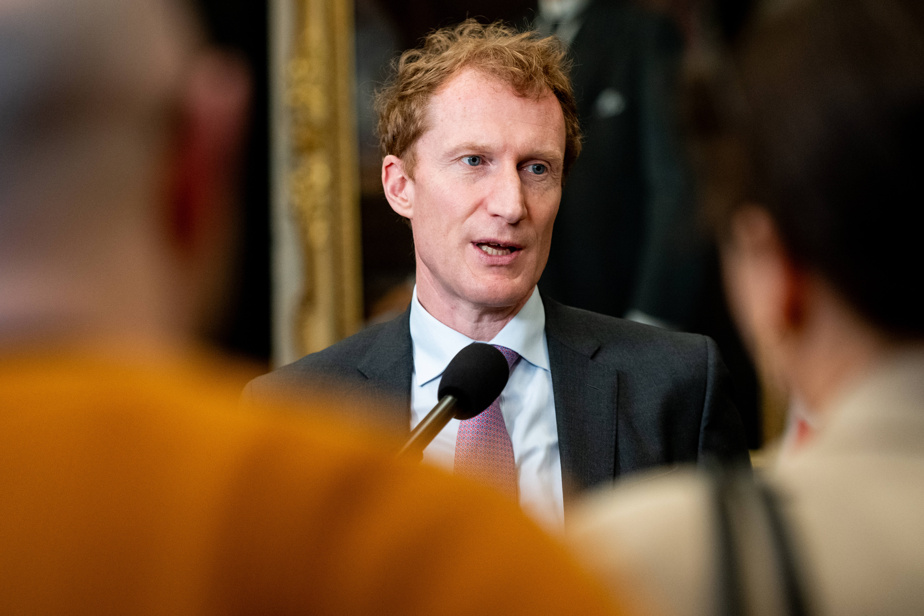Ottawa plans to create a working group to better distribute asylum seekers across the provinces.
This was announced by the federal Minister of Immigration, Marc Miller, at the end of the Forum of Ministers Responsible for Immigration (FMRI) in which he participated with his provincial counterparts in Montreal on Friday.
“There is still a lot of work to do before that happens, but it was clear today that the status quo was no longer acceptable,” Marc Miller said at a press conference.
The working committee will adopt a “coordinated approach” to ensure more equitable treatment of asylum seekers across Canada, the minister said. The start date of the work has not yet been set.
While Quebec and Ontario are “doing more than their share,” Marc Miller acknowledged that there is “ballast in British Columbia and Alberta” when it comes to welcoming asylum seekers. According to the minister, “several provinces have volunteered” to welcome more, particularly the Atlantic provinces.
The new working committee will take its cue from other initiatives, such as the pact on migration and asylum concluded by the European Union last month.
” A big step “

PHOTO JOSIE DESMARAIS, LA PRESSE ARCHIVES
Minister Christine Fréchette
Christine Fréchette was satisfied when she left the Forum on Friday. “It’s a big step, it’s the step we wanted to take,” expressed the Minister of Immigration, Francisation and Integration, in a press scrum.
She herself had asked that the question of the distribution of asylum seekers be put on the agenda. “Already, there is recognition of the disproportionate weight that Quebec and Ontario assume in terms of asylum seekers,” underlined Mr.me Frechette.
It was the first time that we discussed the distribution of asylum seekers within Canada.
Christine Fréchette, Minister of Immigration, Francisation and Integration
Since 2017, Quebec has received 50.7% of all asylum seekers arriving in Canada, while the province represents only 22% of the demographic weight in the country, according to data from the Ministry of Immigration.
The Bloc Québécois immigration spokesperson, Alexis Brunelle-Duceppe, welcomed the working committee’s announcement, while expressing certain reservations. “If we can be satisfied with this step forward, we will have to ensure that the consultation table set up is not a way of shoveling things forward. There is an urgent need to act and we cannot afford any further delays,” the MP underlined in a press release.
Fewer temporary workers
Marc Miller and his provincial counterparts were also gathered to discuss ways to reduce the number of temporary residents in Canada, in order to curb the country’s galloping population growth.
“We are willing to explore options with other provinces and territories to transition a large portion of current temporary residents to permanent residence, and obviously meet the needs of the labor market,” emphasized the Minister of Immigration.
While temporary workers represented 6.2% of the population in 2023, the minister said last month that he would like to see this proportion drop to 5% over the next three years.
Ottawa has already begun putting this plan into action, including restricting eligibility for postgraduate work permits and work permits for student spouses, as well as imposing a two-year stay limit on new foreign students.
With The Canadian Press
